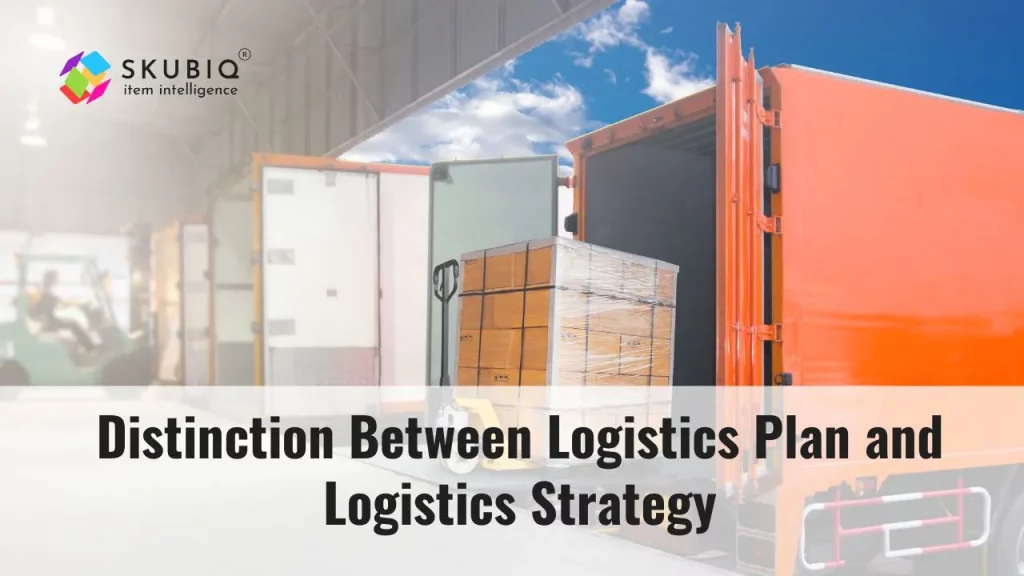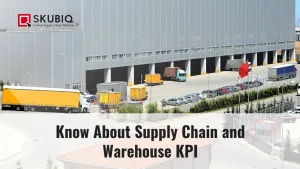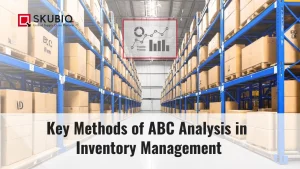Understanding the difference between a logistics plan and a logistics strategy is essential for any business aiming to optimize its supply chain operations. These concepts, although interconnected, serve different purposes and have unique impacts on the efficiency and effectiveness of logistics management. In this comprehensive article, we will delve into the intricacies of logistics plans and strategies, their components, key differences, and their roles in business success.
Key Differences Between Logistics Plan and Logistics Strategy
While logistics plans and strategies are both vital for effective supply chain management, they differ in several key aspects. Understanding these differences is crucial for optimizing logistics operations.
1. Time Frame
The primary difference between a logistics plan and a logistics strategy is the time frame. A logistics plan is short-term, focusing on immediate needs and tactical actions, while a logistics strategy is long-term, guiding the overall direction and strategic decisions.
2. Scope and Focus
A logistics plan has a narrow scope, concentrating on specific actions and day-to-day operations. In contrast, a logistics strategy has a broad scope, encompassing high-level decisions and long-term goals that align with the company’s vision.
3. Flexibility and Adaptability
Logistics plans must be flexible and adaptable to respond to immediate changes and unforeseen disruptions. Logistics strategies, on the other hand, provide a stable framework within which logistics plans operate, guiding long-term decisions and ensuring consistency.
How They Work Together
Although distinct, logistics plans and strategies are interdependent and must work together to achieve optimal logistics performance. Aligning plans with strategies ensures consistency and coherence in logistics operations.
1. Aligning Plans with Strategy
Aligning logistics plans with the overall strategy ensures that short-term actions support long-term goals. This alignment is crucial for maintaining a cohesive and efficient supply chain.
2. Ensuring Consistency
Regularly reviewing and updating both logistics plans and strategies ensures they remain aligned and effective. Consistency between plans and strategies helps in achieving seamless logistics operations.
3. Case Studies of Successful Integration
Many successful businesses demonstrate the importance of integrating logistics plans with strategies. For instance, companies that have effectively aligned their logistics plans with strategic goals have seen significant improvements in efficiency and customer satisfaction.
Developing a Logistics Plan
Creating an effective logistics plan involves several key steps. Each step ensures that the plan addresses immediate operational needs while aligning with the broader business objectives.
1. Assessing Current Operations
The first step in developing a logistics plan is to assess current operations. This assessment helps identify areas for improvement and provides a baseline for measuring progress.
2. Setting Short-term Goals
Setting clear, achievable short-term goals is essential for guiding the logistics plan. These goals provide direction and focus, ensuring that all efforts contribute to the overall objectives.
3. Implementing Tactical Actions
Once goals are set, implementing tactical actions is the next step. This involves detailed coordination and execution of logistics activities to achieve the desired outcomes.
Creating a Logistics Strategy
Developing a logistics strategy requires a comprehensive approach. Each step ensures that the strategy aligns with the company’s long-term vision and supports sustainable growth.
1. Conducting Market Research
Conducting thorough market research is essential for developing an effective logistics strategy. This research helps in understanding market trends, customer preferences, and competitive dynamics.
2. Defining Long-term Objectives
Defining clear, long-term objectives provides a roadmap for strategic planning. These objectives guide all logistics decisions and ensure alignment with the company’s vision.
3. Building a Strategic Roadmap
Building a strategic roadmap outlines the steps needed to achieve the long-term objectives. This roadmap serves as a guide for implementing the logistics strategy and monitoring progress.
Benefits of a Well-Defined Logistics Plan
A well-defined logistics plan offers numerous benefits that contribute to the efficiency and effectiveness of logistics operations. Understanding these benefits is crucial for optimizing logistics performance.
1. Improved Efficiency
A well-crafted logistics plan streamlines operations, leading to greater efficiency and productivity. It ensures that all logistical activities are coordinated and aligned with the overall objectives.
2. Cost Savings
Effective logistics planning helps reduce costs associated with logistics operations. By optimizing transportation routes, managing inventory levels, and improving warehousing solutions, businesses can achieve significant cost savings.
3. Better Inventory Management
A well-defined logistics plan ensures optimal inventory levels, preventing overstocking and stockouts. This leads to better inventory management and reduces costs associated with excess inventory.
Advantages of a Robust Logistics Strategy
A robust logistics strategy provides several advantages that contribute to long-term success and competitive advantage. Understanding these advantages is essential for building a resilient and sustainable supply chain.
1. Competitive Edge
A well-developed logistics strategy helps businesses gain a competitive edge by optimizing logistics operations and improving customer service. It enables companies to stay ahead of competitors and adapt to market changes.
2. Adaptability to Market Changes
A robust logistics strategy allows businesses to quickly adapt to market changes and disruptions. It provides a flexible framework that can be adjusted as needed to respond to new challenges and opportunities.
3. Long-term Growth
A comprehensive logistics strategy supports long-term growth by aligning logistics operations with the company’s vision and goals. It ensures that all logistics decisions contribute to sustainable growth and success.
Challenges in Logistics Planning
Logistics planning is not without its challenges. Understanding these challenges is crucial for developing effective logistics plans that address potential obstacles and ensure smooth operations.
1. Unforeseen Disruptions
Unforeseen disruptions such as natural disasters, political instability, and supply chain disruptions can pose significant challenges to logistics planning. Being prepared for these disruptions is essential for maintaining operational continuity.
2. Resource Limitations
Limited resources can hinder effective logistics planning. Ensuring that sufficient resources are available for logistics operations is crucial for achieving the desired outcomes.
3. Coordination Issues
Coordinating between different stakeholders can be challenging in logistics planning. Effective communication and collaboration are essential for ensuring that all logistical activities are aligned and working towards common goals.
Challenges in Logistics Strategy
Strategic planning also faces several challenges. Understanding these challenges is crucial for developing robust logistics strategies that can withstand potential obstacles and drive long-term success.
1. Market Volatility
Rapid changes in the market can pose challenges to logistics strategy. Being able to adapt to market volatility and adjust strategic plans accordingly is essential for maintaining a resilient supply chain.
2. Alignment with Business Goals
Ensuring that the logistics strategy aligns with the broader business goals can be challenging. It requires constant review and adjustment to keep the strategy relevant and effective.
3. Implementing New Technologies
Incorporating new technologies into the logistics strategy can be a complex process. It requires careful planning, investment, and training to ensure successful implementation and integration.
Conclusion
Distinguishing between a logistics plan and a logistics strategy is crucial for businesses aiming to optimize their supply chain operations. While a logistics plan focuses on short-term, tactical actions to ensure smooth day-to-day operations, a logistics strategy provides a long-term vision and strategic direction. Both are essential for achieving operational efficiency, cost savings, and long-term growth. By understanding their differences and how they complement each other, businesses can develop robust logistics systems that drive success and sustainability.
FAQs (Frequently Asked Questions)
1. What is the main difference between a logistics plan and a logistics strategy?
The main difference lies in the time frame and focus. A logistics plan is short-term and tactical, addressing immediate operational needs, while a logistics strategy is long-term and strategic, aligning with broader business goals.
2. How often should a logistics plan be updated?
A logistics plan should be reviewed and updated regularly, typically every few months to a year, to ensure it remains aligned with current business needs and market conditions.
3. Can a company have a logistics plan without a logistics strategy?
While a company can operate with only a logistics plan, having a logistics strategy provides a long-term vision and direction, ensuring that short-term actions support overall business objectives.
4. What are some common challenges in developing a logistics strategy?
Common challenges include market volatility, aligning with business goals, and implementing new technologies. Overcoming these challenges requires careful planning and constant adjustment.
5. Why is technology integration important in a logistics strategy?
Technology integration is crucial for enhancing logistics efficiency, enabling real-time tracking, automation, and data-driven decision-making, which are essential for maintaining a competitive edge and adapting to market changes.



